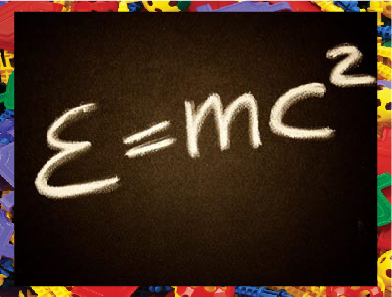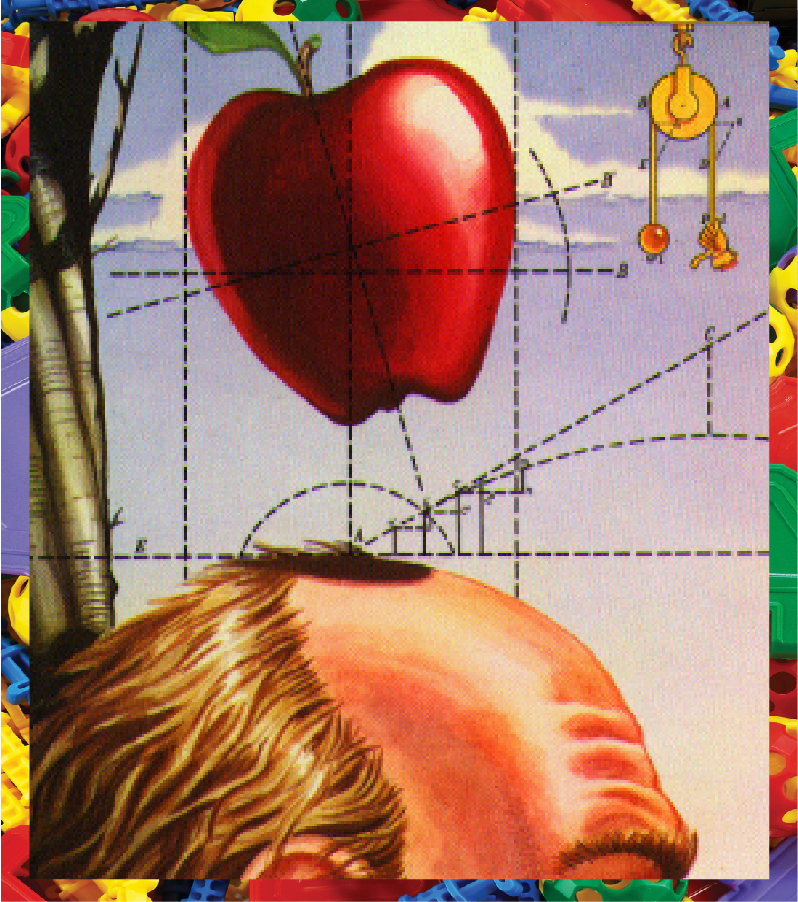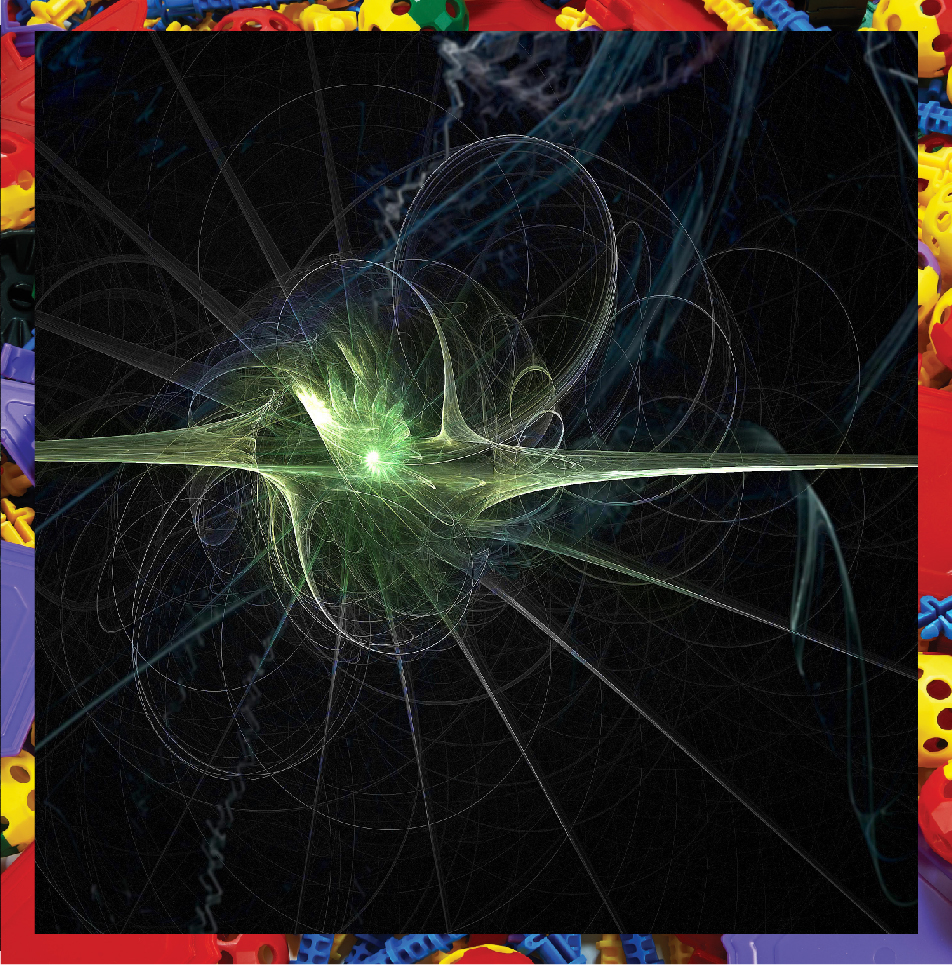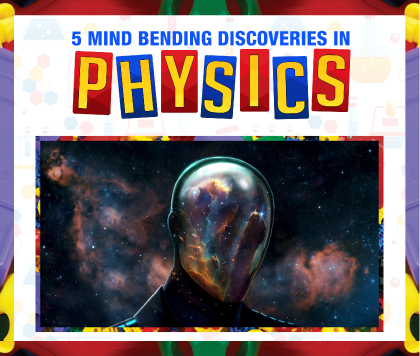

The Universe. A vast, mysterious system, running on energy, forces, laws and theories which intrigue and evade us. A few brave souls have tried and succeeded in unlocking some of the mysteries of the cosmos , leading to discoveries like Planck’s Constant, the Theory of Special Relativity, the Natural Unit of Light and Gravitational Laws. These findings help us understand our world a little bit better. Here are 5 mind blowing discoveries in physics that changed how we see the phenomena around us.
Theory Of Special Reality
The Theory of Special Relativity was established by Albert Einstein, who surmised time would stop if you move at the speed of light. Technically, the speed of light moves at a constant speed of 3 x 10^8 meters/second. This theory is based on the concept of time expansion, so the faster you move, the slower time passes with regards to your surroundings. This means the clock won’t tick if you move at the speed of light as the time would slow down so much that it would eventually come to a stop. Einstein’s work on special relativity led to the theory of general relativity in 1915 after much mulling over the effects of introducing acceleration to the Theory of Special Relativity.


The Quantum Foam
The general perception of empty space is of an emptiness, with nothing occupying the spatial points in it. Thanks to John Wheeler, we know this is not how space is composed. There are real virtual particles that exist temporarily, moving in and popping out of the realm. They have been tested and proven by expert physicists. This phenomenon is called the Quantum Foam and scientists termed it so because the virtual molecules resemble the shifting bubbles similar to ones usually seen in fizzy drinks. Although they are real, they only exist for a short time, a fraction of a second, before they quickly disappear without affecting the inherent laws of physics.
All Matter is Energy
Another striking discovery is Einstein’s mass and energy equivalence (E=mc2), which states that although these two physical quantities may be contrasting, they are in fact related. According to the theory, the energy stored in any specific amount of mass or object can be calculated by using the conversion factor of c2, where c is a constant for the speed of light. This reinforces that the energy of an object is very large even if its mass is very little.


object fall at
the same speed
No, heavy objects do not fall faster than lightweight ones! The Law of Gravitational Force prevails. A ball used for bowling does fall quicker than a bird’s feather, but this has no concern with gravity at all. The resistance from the earth’s atmosphere is responsible for this. The initial acceleration for the feather is the same as for the bowling ball. However, the feather’s surface area to mass ratio is greater, reducing its top speed and causing it to fall at a slower rate. This discovery by Galileo 400 years ago paved the way for further exploration and discoveries, especially in modern physics.
wave particle duality
The Wave Particle Duality Theory suggests both light and electrons can act as particles and waves as well. Generally, particles such as electrons and light waves cannot be alike since particles are solid state of matter while waves are comprised of energy beams. However, scientists have proven light can be both a wave and a particle, as can electrons. The small wavelengths of an electron are useful aids for inspecting objects smaller in size. Similarly, neutrons with wavelengths measuring 0.1nm, the typical atomic spacing in a solid material, provide useful insights into the structure of solids.

These groundbreaking discoveries over the years have been instrumental in further explaining a multitude of significant physics concepts. These discoveries from Albert Einstein, Galileo and others paved the way for modern physics and brought us a few steps closer to solving the enigma of the universe.
References
http://listverse.com/2013/05/07/10-mind-bending-discoveries-in-physics/
https://www.toppr.com/bytes/top-5-discoveries-in-physics-that-will-blow-your-mind/
https://science.howstuffworks.com/science-vs-myth/everyday-myths/relativity.htm
https://en.wikipedia.org/wiki/John_Archibald_Wheeler
http://hyperphysics.phy-astr.gsu.edu/hbase/mod1.html
https://i.pinimg.com/originals/86/33/8f/86338ffdb7b99143b7d36771e400ed81.jpg
https://www.mnn.com/earth-matters/space/stories/what-quantum-foam
http://reflectionsandtidbits.com/wp-content/uploads/2017/09/emc2-945x632.jpg
https://www.thoughtco.com/definition-of-wave-particle-duality-605947








